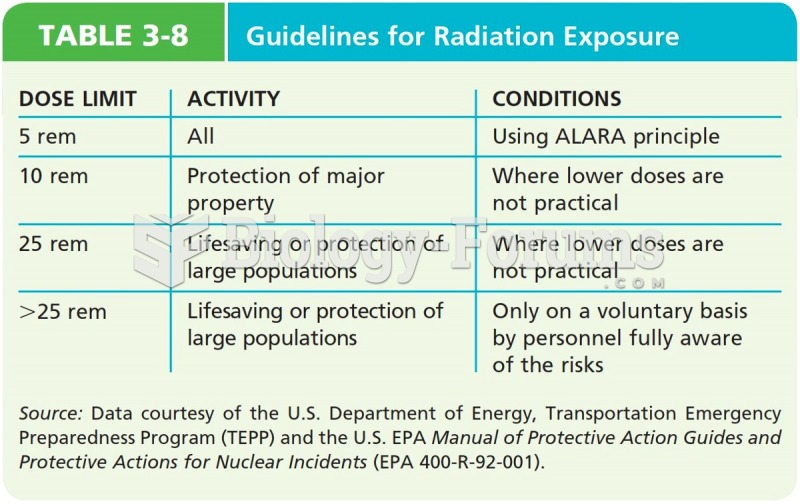Answer to Question 1
Radioactive emissions are the direct products of fission; they are generally unstable isotopes of their respective elements. The unstable isotopes become stable by ejecting subatomic particles (alpha particles, beta particles, and neutrons), or high-energy radiation (gamma rays), or both.
Background radiation from cosmic rays and naturally occurring uranium and radon gas provides the largest exposure to radioactive emissions. Medical sources are the second-largest source. Nuclear power is by no means the only source of radiation: There is also normal background radiation from radioactive materials, such as the uranium and radon gas that occur naturally in the Earth's crust, and cosmic rays from outer space. For most people, background radiation is the major source of radiation exposure. In addition, we deliberately expose ourselves to radiation from medical and dental X-rays, by far the largest source of human-induced exposure and, for the average person, equal to one-fifth the exposure from background sources. The average person in the United States receives a dose of about 3.6 mSv per year.
Answer to Question 2
Fewer wolves represent low environmental resistance for the moose, so the moose population increases. Then, the abundance of the moose represents optimal conditions (low environmental resistance) for the wolves, so the wolf population increases. More wolves means higher predation on the moose (high environmental resistance); again the moose population falls. The decline in the moose population is followed by a decline in the wolf population because now there are fewer prey (high environmental resistance for the wolves).
Other factors also influence these two populations. Examples given in the text include changes in weather (deep snow) that affected the moose population, deep freezes, parasites, and other natural enemies of both populations.







